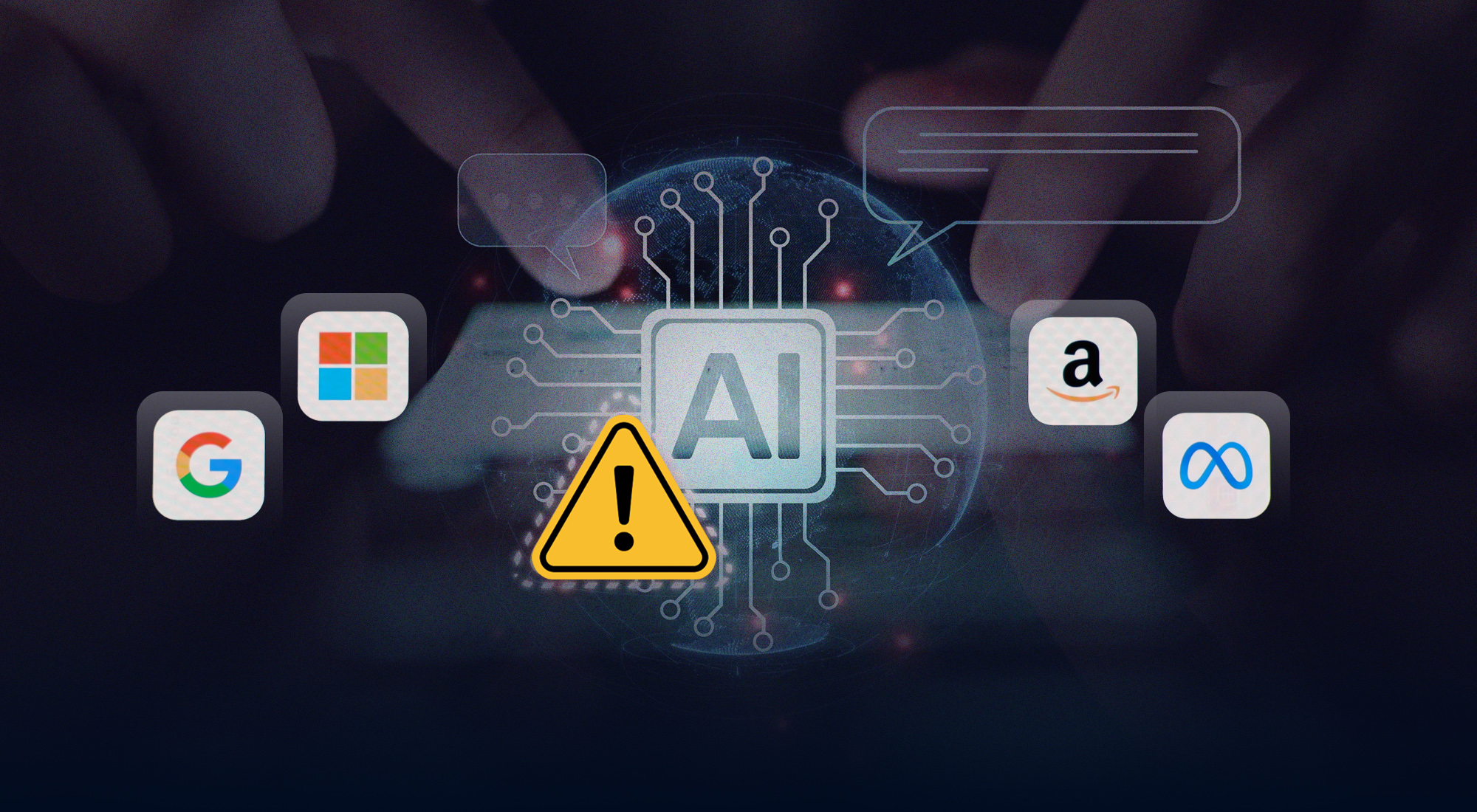The rapid advancement of artificial intelligence (AI) technologies has opened unprecedented possibilities for the documentation and preservation of endangered languages, which face the threat of extinction due to globalization, urbanization, and cultural homogenization. Language is not merely a means of communication; it embodies the identity, history, and traditions of its speakers. As many of these languages dwindle in number, the role of AI in language preservation becomes increasingly critical. AI-based translation tools facilitate the documentation of lesser-known languages by enabling linguists and communities to record and translate oral and written forms, thus creating essential digital resources that were previously unattainable. Furthermore, speech synthesis technology offers a means to generate accurate pronunciations of endangered languages, allowing for the preservation of their unique phonetic characteristics.
However, the implementation of AI in this field is not without challenges; many endangered languages lack sufficient data for training machine learning models, which can lead to inaccuracies in documentation. In addition to documentation, AI applications, particularly natural language processing (NLP)-based educational apps, are emerging as powerful tools for language revival, providing immersive and interactive learning experiences that engage younger generations and foster community involvement. These technologies not only enhance accessibility to language learning but also empower communities to take an active role in revitalizing their linguistic heritage. The implications of AI tools extend beyond mere language preservation; they present opportunities for tailored innovations that can address the diverse linguistic needs of various communities, ensuring that the wealth of human knowledge encapsulated in endangered languages is not lost but instead celebrated and revived. This paper aims to explore the multifaceted roles of AI in both the documentation and revival of endangered languages, shedding light on its potential, challenges, and impact on communities worldwide.
Role of AI in Language Documentation
How do AI-based translation tools assist in documenting endangered languages?
AI-based translation tools are proving to be indispensable in the documentation of endangered languages, which is a crucial step towards preserving linguistic diversity globally.[1] Companies such as Microsoft and Google are at the forefront of this movement, working collaboratively with universities and research centers to develop sophisticated translation systems specifically designed for languages at risk of extinction.[2] These collaborations have led to innovations like Google’s partnership with the Centre of Excellence for the Dynamics of Language (CoEDL) to create pipelines that facilitate the development of automatic speech recognition systems for languages with very few speakers, thereby streamlining the documentation process.[3] While the accuracy of these AI tools may not be perfect, their ability to handle languages with limited resources provides an invaluable resource for linguists and language communities alike.[4] Once these machine learning models are sufficiently trained, they can be effectively utilized to analyze new datasets, further contributing to the documentation and revitalization efforts of endangered languages.[5] This integration of technology not only aids in linguistic preservation but also supports cultural heritage by ensuring that the languages and associated traditions of minority communities remain vibrant and accessible for future generations.
In what ways does speech synthesis contribute to the preservation of endangered languages?
Speech synthesis technologies play a pivotal role in the preservation of endangered languages by offering tailored solutions to meet the specific linguistic needs of various communities.[6] For instance, these technologies can be used to develop pronunciation tools that are essential for language learners and speakers, ensuring the correct articulation and phonetic nuances of endangered languages are maintained.[7] Additionally, speech synthesis facilitates the creation of educational resources, such as audiobooks, which can support literacy efforts within these communities, thus reinforcing language use and transmission across generations.[8] Moreover, the integration of these technologies into educational and healthcare settings can significantly enhance communication and service delivery in native languages, reducing barriers and promoting linguistic inclusivity.[9] However, it is crucial that these tools are designed in a culturally sensitive manner, addressing ethical concerns to empower linguistic communities without leading to marginalization or language shift.[10] In this way, speech synthesis not only aids in documentation and educational initiatives but also strengthens the overall ecosystem that supports the vitality of endangered languages.
What are the challenges faced by AI in accurately documenting lesser-known languages?
One of the primary challenges in accurately documenting lesser-known languages using AI lies in the complexity of language limitations, which can severely impact the identification and comprehension of rhetorical figures unique to these languages.[11] The scarcity of datasets further exacerbates this issue, as insufficient data hampers the ability of AI models to train effectively on the nuances of these languages, leaving rhetorical figures often misunderstood or overlooked.[12] Additionally, the use of complex language model (LLM) workflows in multi-agent collaborations introduces another layer of difficulty, as these systems must navigate the intricate dynamics of language interaction and adaptation, which are not well-supported by the limited resources typically available for lesser-known languages.[13] To overcome these obstacles, there is a pressing need for the development of robust pedagogical resources that can support the accurate documentation and teaching of these languages, thereby enhancing AI’s ability to process and understand them.[14] Addressing these challenges requires a concerted effort to create adaptable and comprehensive language resources, which not only facilitate accurate AI documentation but also contribute to the broader goal of language preservation.
Application of AI in Language Revival
How are NLP-based educational apps utilized in teaching endangered languages?
NLP-based educational apps are playing a crucial role in the revitalization and teaching of endangered languages by leveraging advanced AI technologies like ChatGPT and Bard. These applications provide interactive and engaging platforms for learners to immerse themselves in languages at risk of extinction, such as Māori, through fictional language learning apps like “Kia Ora.”[15] The utilization of NLP technologies allows for the integration of language learning with cultural context, which is essential for maintaining the richness and authenticity of endangered languages. This approach not only aids in language acquisition but also promotes cognitive engagement by allowing students to interact with AI-generated texts, providing a more holistic learning experience than traditional methods.[16], [17] Furthermore, the adaptability of NLP-based apps to various learning environments makes them a versatile tool in both formal education and community-driven language preservation initiatives. By creating immersive learning experiences that are both culturally relevant and linguistically accurate, these apps support the survival and revitalization of languages that might otherwise face extinction.[18] Therefore, the continued development and deployment of NLP-based educational apps are critical in the global effort to preserve linguistic diversity and cultural heritage.
What impact do AI tools have on community engagement and language learning?
The integration of AI tools in community engagement and language learning has profound implications for enhancing participation across diverse linguistic groups. By overcoming language barriers, AI tools facilitate broader inclusion in public meetings and online forums, ensuring that community members can contribute effectively irrespective of their language proficiency.[19] The potential of Gen AI to provide real-time translation services during civic engagement activities further underscores its role in breaking down communication barriers, thereby promoting a more inclusive and participatory environment.[20] This capability was exemplified by the City of Boston’s use of Gen AI to improve citizen interaction through their 311 system, which supports communication in fourteen different languages, demonstrating a practical application of AI’s ability to bridge linguistic divides.[21] Moreover, AI-driven applications are not only transforming civic engagement but are also revolutionizing language education by enhancing student learning and engagement. Vietnamese ESL teachers, for instance, are utilizing AI tools like POE to aid vocabulary acquisition, which has been found to actively engage students and improve their learning outcomes.[22] These examples highlight the transformative power of AI in fostering both community involvement and language acquisition, emphasizing the need for continuous development and ethical integration of AI tools to ensure that they serve as effective mediators of communication and learning across diverse demographics.
How can AI-driven innovations be tailored to support diverse linguistic needs?
Building on the potential of speech synthesis technologies, AI-driven innovations such as Intelligent Tutoring Systems (ITS) and NLP further expand the horizons for addressing diverse linguistic needs. ITS, equipped with adaptive algorithms and machine learning, offers a personalized educational experience by dynamically adjusting instructional content to meet the unique requirements of each learner, which is crucial for effective language education.[23] The integration of NLP into these systems enhances the contextually rich interactions necessary for catering to diverse linguistic backgrounds, allowing learners to engage with content that resonates with their specific cultural and linguistic contexts.[24] Moreover, the collaboration between AI developers and educators is paramount to overcoming challenges and facilitating continuous improvements in language learning environments, ensuring that the solutions developed are both innovative and inclusive.[25] This partnership underscores the need for ongoing dialogue and feedback loops to refine these technologies, ensuring they are effectively tailored to the intricate linguistic needs of global communities. By emphasizing such interdisciplinary collaboration, we can ensure that AI-driven innovations not only support but also celebrate linguistic diversity, paving the way for a more inclusive digital society.
The integration of AI technologies in the documentation and revival of endangered languages represents a transformative approach to preserving linguistic diversity and cultural heritage. As highlighted in this insight, AI-based translation tools developed through collaborative efforts between technology companies and academic institutions play a pivotal role in the creation of automatic speech recognition systems for languages with dwindling speaker populations. While the accuracy of these tools may exhibit variability, their capacity to facilitate access to new linguistic datasets is invaluable for both linguists and language communities engaged in revitalization efforts.
Moreover, speech synthesis technologies that provide pronunciation aids and educational resources, such as audiobooks, enhance literacy and communication, fostering a deeper connection to native languages. However, the development of these technologies must be underpinned by cultural sensitivity, ensuring that they empower rather than undermine linguistic communities. Despite the promise of AI, there remain significant challenges, particularly in the documentation of lesser-known languages that often suffer from limited datasets and unique rhetorical complexities. Addressing these issues necessitates the creation of robust pedagogical resources that can augment AI’s capabilities and enhance the overall effectiveness of language revival initiatives. The emergence of NLP-based educational applications further underscores this potential, as they offer interactive platforms that not only facilitate language learning but also integrate cultural context, thus promoting cognitive engagement among learners. This dual function makes these applications versatile tools for both formal education and community-driven initiatives.
Additionally, the role of AI in breaking down language barriers and fostering inclusivity in civic participation is crucial; the development of ITS exemplifies the need for personalized educational experiences that cater to diverse linguistic needs. Moving forward, it is imperative that AI developers work collaboratively with educators to ensure that these innovations are contextually relevant and effectively tailored to the specific requirements of different languages. Overall, the ongoing integration of AI in language documentation and revival efforts is essential for safeguarding the rich tapestry of human languages in a rapidly evolving global landscape, yet it is equally important to remain vigilant about the ethical implications and potential biases inherent in these technologies.
[1] Satyabrata Acharya, Debarshi Kumar Sanyal, Jayeeta Mazumdar, and Partha Pratim Das, “Archiving Endangered Mundā Languages in a Digital Library,” ICDL Conference Paper 2019, (eds) P K Bhattacharya, Shantanu Ganguly, Projes Roy, and Pallavi Shukla (2023), project.ndl.gov.in, retrieved January 12, 2025.
[2] Ibid.
[3] Ibid.
[4] Ibid.
[5] Ibid.
[6] N. John Kuotsu, “Advancing Natural Language Processing for Underrepresented Tibeto-Burman Languages in Northeast India,” Scholars Journal of Engineering and Technology 12, no. 12 (December 2024): 342-348, www.saspublishers.com/media/articles/SJET_1212_342-348.pdf., retrieved January 12, 2025.
[7] Ibid.
[8] Ibid.
[9] Ibid.
[10] Ibid.
[11] Ramona Kühn, Jelena Mitrović, and Michael Granitzer, “Computational Approaches to the Detection of Lesser-Known Rhetorical Figures: A Systematic Survey and Research Challenges,” arXiv, June 2024, arxiv.org/abs/2406.16674., retrieved January 12, 2025.
[12] Ibid.
[13] Sana Nouzri, Meryem EL Fatimi, Titouan Guerin, Mahfoud Othmane, and Amro Najjar, “Beyond Chatbots: Enhancing Luxembourgish Language Learning Through Multi-agent Systems and Large Language Model,” In PRIMA 2024: Principles and Practice of Multi-Agent Systems, Conference Paper (eds) Arisaka, R., Sanchez-Anguix, V., Stein, S., Aydoğan, R., van der Torre, L., and Ito, T., Springer (2024): link.springer.com/chapter/10.1007/978-3-031-77367-9_29., retrieved January 13, 2025.
[14] Ibid.
[15] Sue-Jin Lee, “Analyzing the Use of AI Writing Assistants in Generating Texts with Standard American English Conventions: A Case Study of ChatGPT and Bard,” The CATESOL Journal 35, no. 1 (2024), escholarship.org/uc/item/6n1681gz., retrieved January 13, 2025.
[16] Ibid.
[17] L. Siddharth, Lucienne Blessing, and Jianxi Luo, “Natural language processing in-and-for design research,” Design Science 8 (2022), www.cambridge.org., retrieved January 14, 2025.
[18] Abdolvahab Khademi, “Can ChatGPT and Bard Generate Aligned Assessment Items? A Reliability Analysis against Human Performance,” arXiv, 2023, arxiv.org/abs/2304.05372., retrieved January 14, 2025.
[19] Sarah Williams, Sara Beery, Christopher Conley, Michael Lawrence Evans, Santiago Garces, Eric Gordon, Nigel Jacob, and Eden Medina, “People-Powered Gen AI: Collaborating with Generative AI for Civic Engagement,” An MIT Exploration of Generative AI (2024), mit-genai.pubpub.org/pub/6uejzuox., retrieved January 14, 2025.
[20] Ibid.
[21] Ibid.
[22] Pham Thi Thu, Nguyen Lam Anh Duong, Dang Hoang Mai, and Le Thi Thien Phuoc, “Exploring Tertiary Vietnamese EFL Students’ Engagement in Vocabulary Learning through the Use of an AI Tool,” Proceedings of the AsiaCALL International Conference 4 (2024): 129–149, asiacall.info/proceedings/index.php/articles/article/view/90., retrieved January 15, 2025.
[23] T. Sbardella and A. Pakula, “INVESTIGATING THE TRANSFORMATIVE POWER OF AI-DRIVEN INTELLIGENT TUTORING SYSTEMS IN ONLINE LANGUAGE LEARNING ENVIRONMENTS,” INTED2024 Proceedings (2024): 3557-3562, , library.iated.org/view/SBARDELLA2024INV., retrieved January 15, 2025.
[24] Ibid.
[25] Surjit Singha, Ranjit Singha, and Elizabeth Jasmine, “Enhancing Language Teaching Materials Through Artificial Intelligence: Opportunities and Challenges,” In AI in Language Teaching, Learning, and Assessment, edited by Fang Pan, 22-42 (Hershey, PA: IGI Global, 2024), www.igi-global.com., retrieved January 15, 2025.








